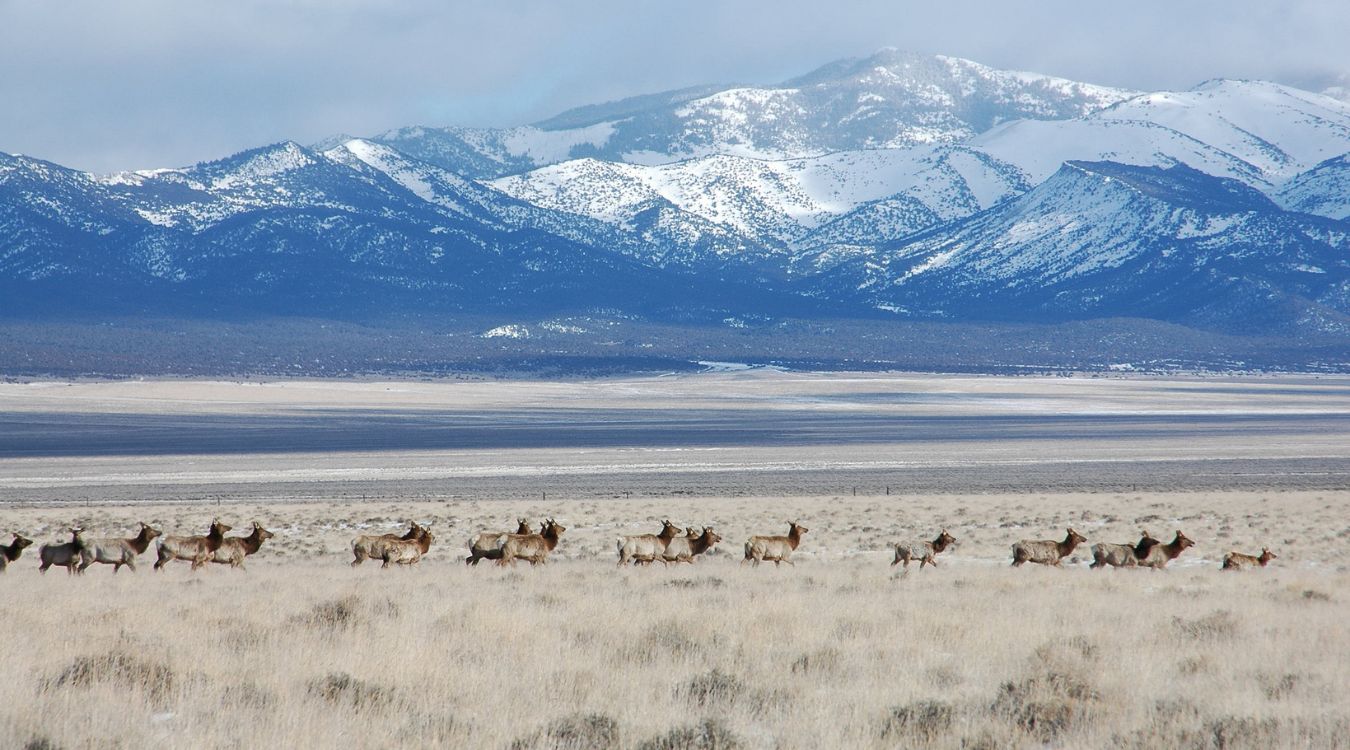Lost Trading Routes Of Nevada’s Pony Express

Imagine galloping across the vast Nevada desert, where the Pony Express once blazed trails through rugged landscapes. This legendary mail service, active from 1860 to 1861, connected the East and West coasts of the United States. Riders braved harsh weather, treacherous terrain, and potential attacks to deliver mail in record time. Today, remnants of these historic routes offer a glimpse into a bygone era. Exploring these paths reveals not only the challenges faced by those daring riders but also the breathtaking beauty of Nevada's wilderness. From ghost towns to hidden canyons, each stop along the way tells a story of adventure and perseverance. Whether you're a history buff or a nature lover, retracing the steps of the Pony Express promises an unforgettable journey through time and terrain.
The Historic Trail of the Pony Express
The Pony Express was a legendary mail service that operated from April 1860 to October 1861. Riders galloped across the American West, delivering messages faster than ever before. Nevada played a crucial role in this network, with its rugged terrain and remote stations. Let's uncover some of these lost trading routes and stations that were part of this historic journey.
- Fort Churchill
Fort Churchill served as a vital supply station for Pony Express riders. Located near the Carson River, this fort was a bustling hub of activity. Riders would stop here to rest and resupply before continuing their journey. Today, visitors can explore the ruins and imagine the hustle and bustle of the past.
- Cold Springs Station
Cold Springs Station was one of the most isolated stops on the Pony Express route. Nestled in the Nevada desert, it provided a much-needed respite for weary riders. The station's remote location made it a challenging but essential part of the journey. Adventurers can visit the site and feel the solitude that riders once experienced.
- Sand Springs Station
Sand Springs Station was notorious for its harsh conditions. Located in a desolate area, it was known for its extreme temperatures and lack of water. Despite these challenges, it played a crucial role in the Pony Express network. Today, the station's remnants offer a glimpse into the hardships faced by riders.
The Challenges of the Nevada Desert
The Nevada desert presented numerous obstacles for Pony Express riders. From scorching heat to treacherous terrain, these brave individuals had to navigate a harsh environment. Let's explore some of the routes that tested their endurance and determination.
- Egan Canyon
Egan Canyon was a notorious stretch of the Pony Express route. Riders had to navigate narrow paths and steep cliffs, making it one of the most dangerous parts of the journey. Despite the risks, it was a critical link in the network. Visitors can hike the canyon and experience the challenges faced by riders.
- Ruby Valley
Ruby Valley was a welcome sight for riders after traversing the harsh desert. This lush area provided a much-needed break from the arid landscape. Riders could rest and replenish their supplies before continuing their journey. Today, Ruby Valley remains a beautiful oasis in the Nevada desert.
- Overland Pass
Overland Pass was another challenging section of the Pony Express route. Riders had to contend with steep inclines and unpredictable weather. Despite these difficulties, it was a vital part of the network. Modern-day explorers can follow the trail and appreciate the determination of those who rode before them.
The Legacy of the Pony Express
The Pony Express may have been short-lived, but its impact on American history is undeniable. It paved the way for faster communication and inspired future innovations. Let's visit some of the places that continue to honor this legacy.
- Austin Station
Austin Station was a key stop on the Pony Express route. Located in central Nevada, it served as a crucial link between the east and west. Today, the town of Austin celebrates its Pony Express heritage with annual events and historical markers.
- Schellbourne Station
Schellbourne Station was a bustling hub during the Pony Express era. Riders would stop here to change horses and rest before continuing their journey. The station's rich history is preserved through exhibits and tours, allowing visitors to step back in time.
- Carson City
Carson City, Nevada's capital, played a significant role in the Pony Express network. As a major stop along the route, it was a center of communication and trade. Today, the city honors its Pony Express past with museums and historical sites that showcase this remarkable chapter in history.
Reflecting on Nevada's Historic Trails
Nevada's Pony Express routes offer a glimpse into a time when communication relied on speed, courage, and determination. These trails, once bustling with riders and horses, now stand as silent witnesses to a bygone era. Exploring these paths, you can almost hear the pounding hooves and feel the urgency of messages carried across vast distances. The landscape itself, with its rugged beauty and open skies, adds to the allure of these historic routes. Visiting these sites not only connects you with the past but also provides a deeper appreciation for the challenges faced by those early riders. Whether you're a history buff or just someone who loves adventure, Nevada's Pony Express trails promise a journey through time. So next time you're in Nevada, take a moment to walk these paths and imagine the stories they hold. It's a trip worth taking.

